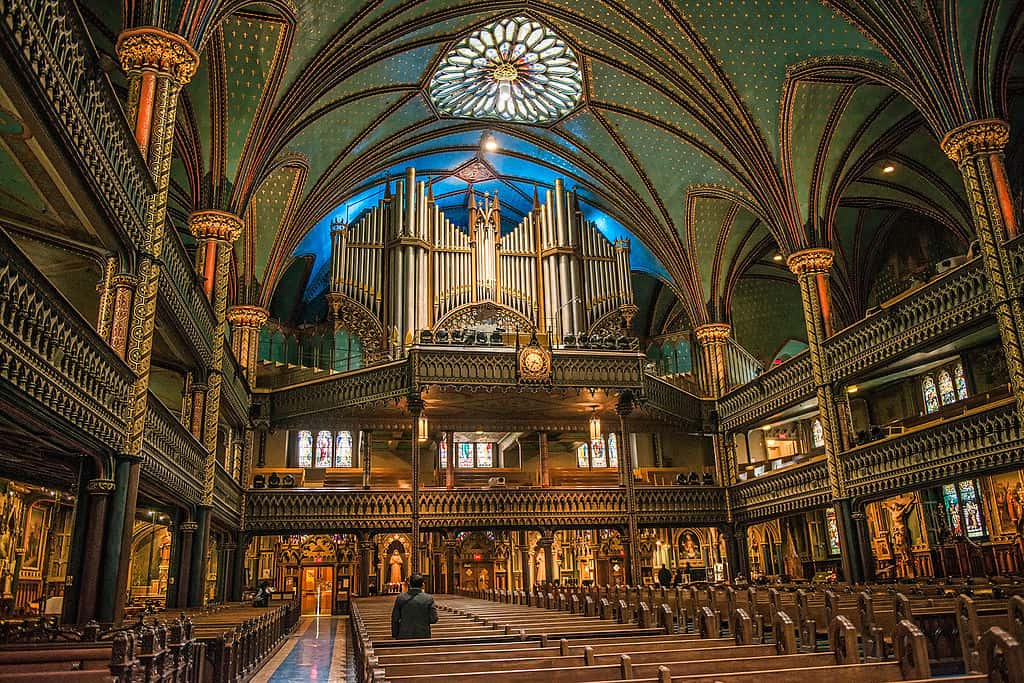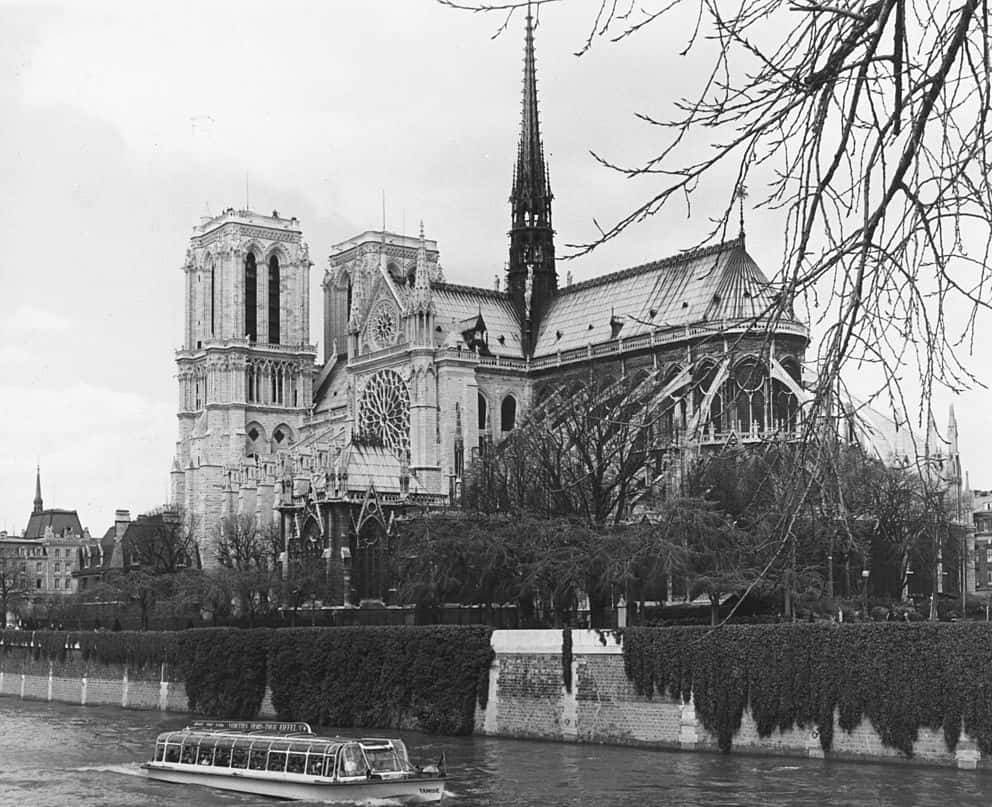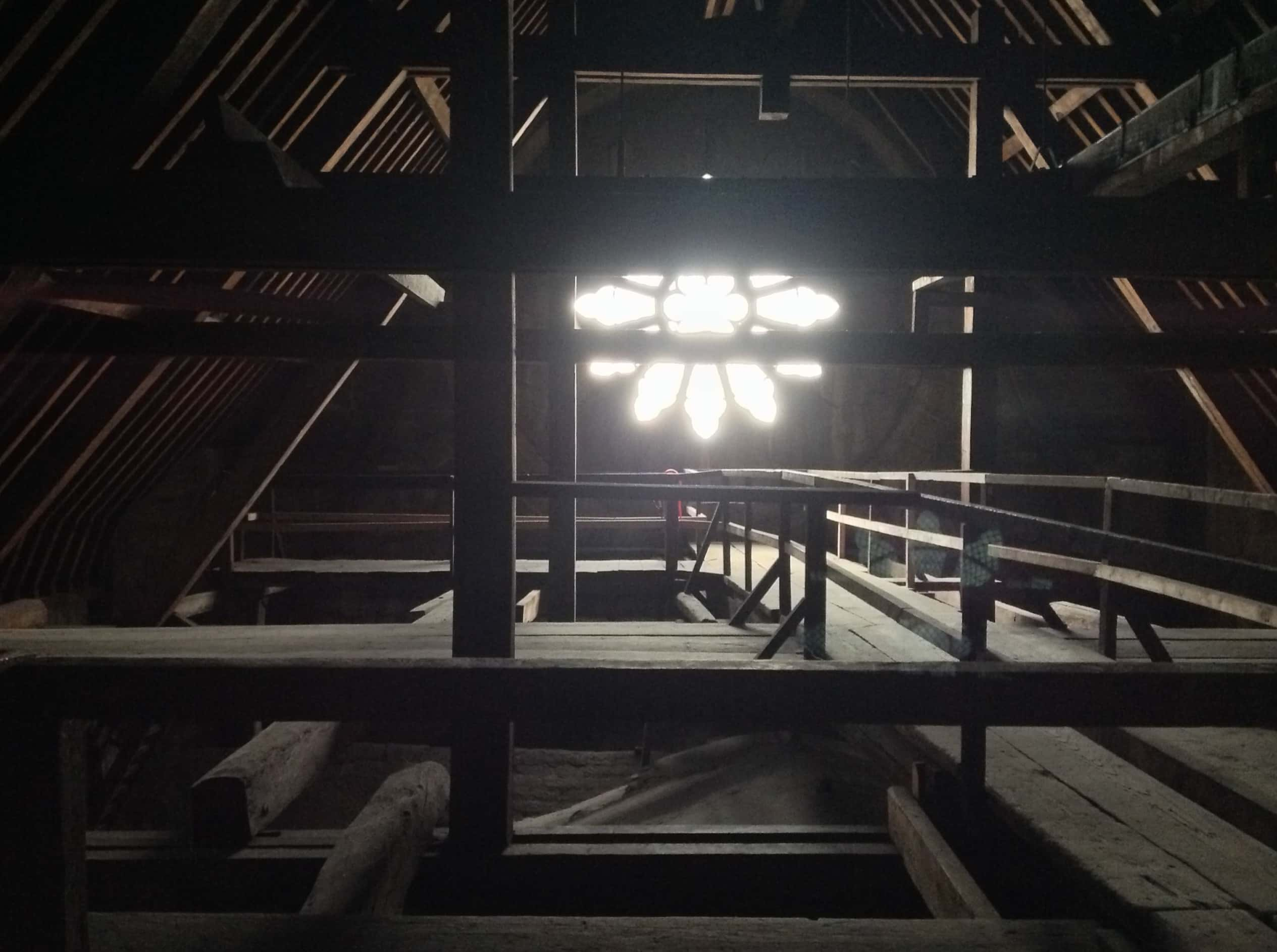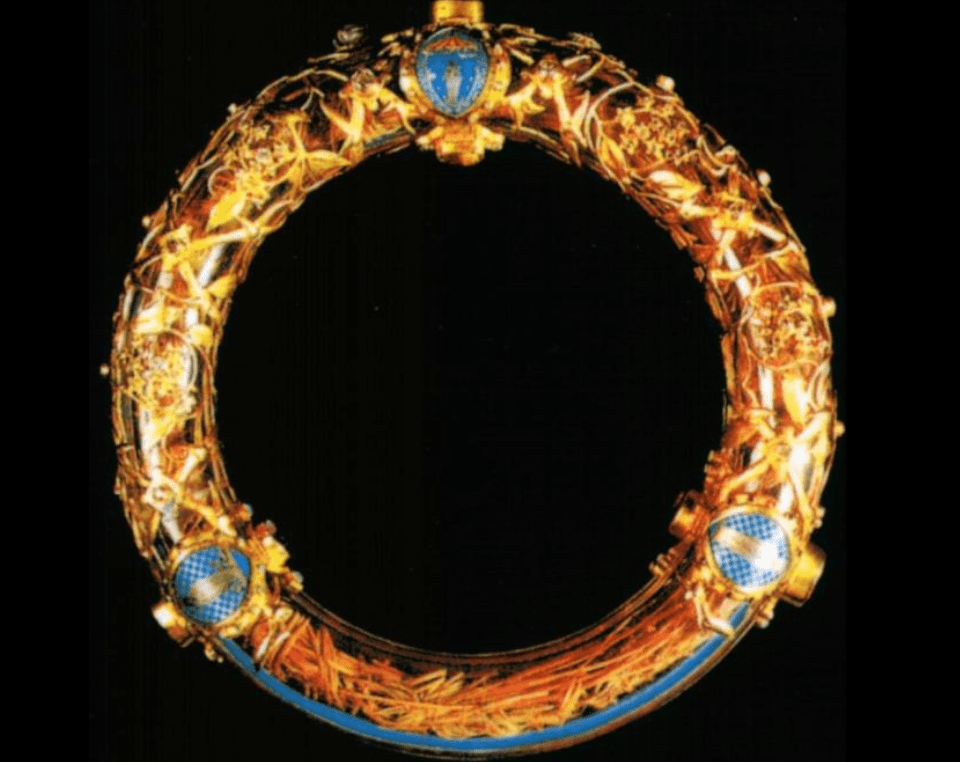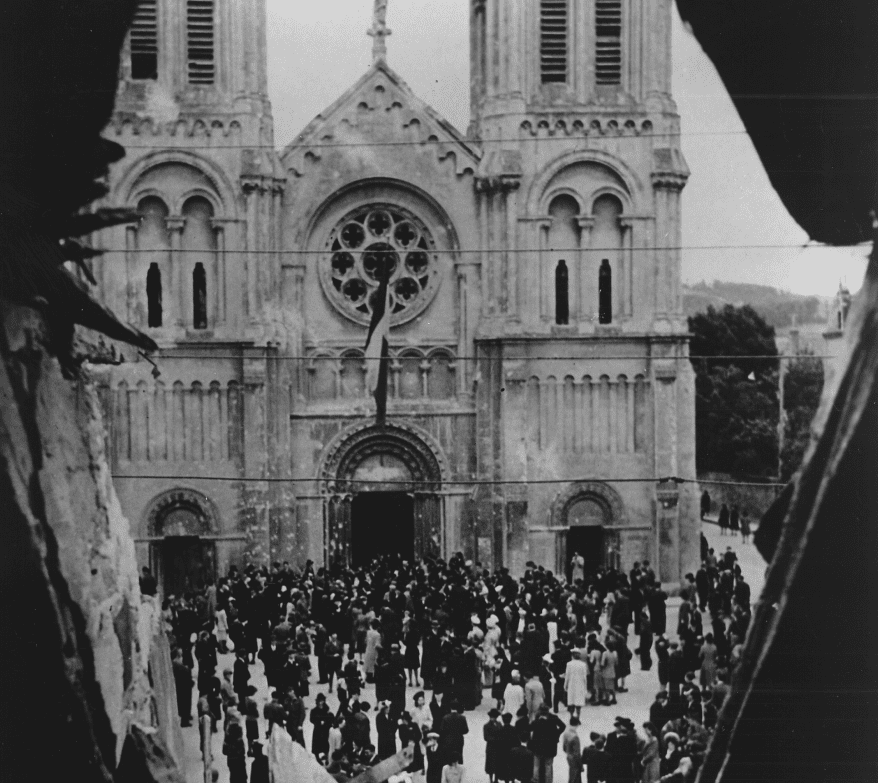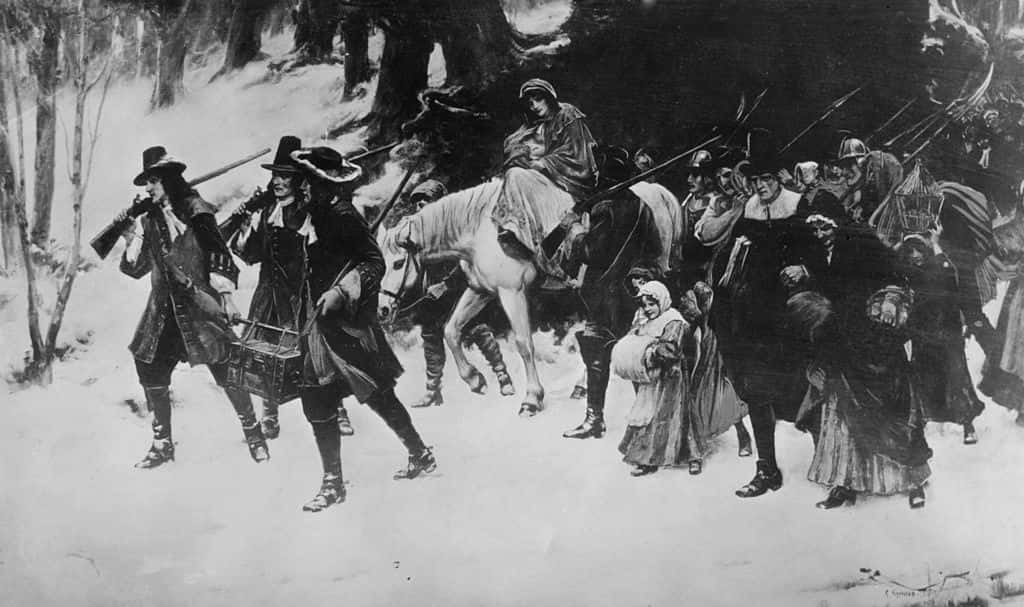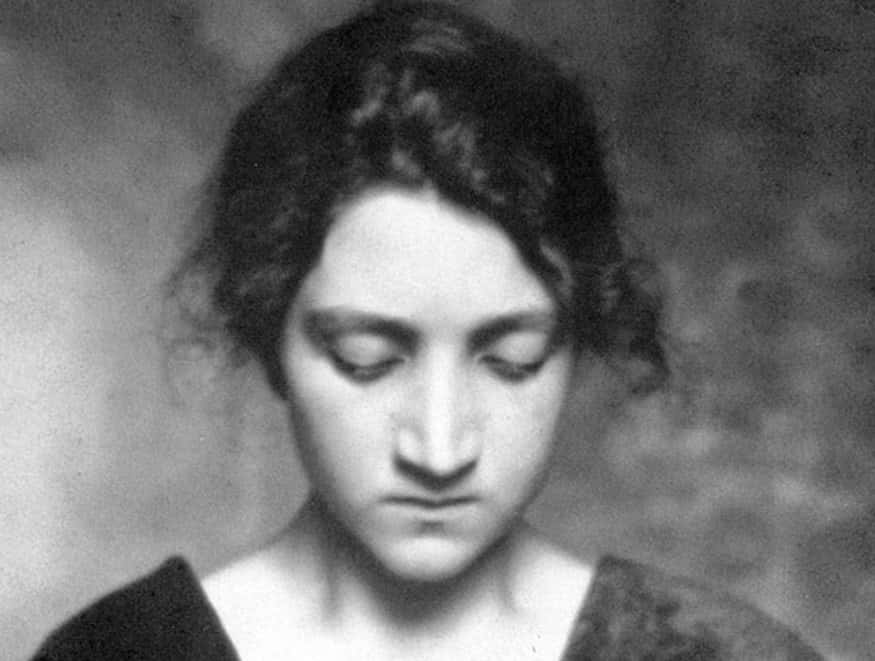The Jewel Of Paris
In 2019, we were all shocked when we heard the terrible news: The great historical cathedral, Notre-Dame de Paris, was partly consumed in a terrible fire. The damage to the landmark is nigh incalculable, not least because of the incredible longevity and legacy of Notre-Dame. It has lasted across centuries, immortalized in art and human memory—yet few people know it's dark history.

1. What a Feat
The towers of Notre-Dame stand around 69 meters tall. Before the construction of the Eiffel Tower in 1889, these towers were the tallest structure in all of Paris.

2. I’ll Show You
The cathedral of Notre-Dame originally began construction in 1163, during the reign of King Louis VII of France. His intention was to show France, and also the world, that Paris was the true capital and center of the French people’s culture and society. Naturally, like most kings, he figured a big monumental structure would do the trick.
3. Here’s a Bargain
The government of France has a deal with the Catholic Church on the managing of Notre-Dame. While the cathedral is owned by the state, the Catholic Church has exclusive rights to utilize Notre-Dame for religious practices. It is the responsibility of the Church to pay its employees and bills, all without getting any subsidies from the French government.
Also, part of the deal is that the cathedral must continue to be free to visitors.
4. Not What You Think
Contrary to what you might assume, the famous towers of Notre-Dame are not twins. One of them is larger than the other, and the architectural designs are not symmetrical. Rather than being an achievement of a singular vision, the towers represent an evolution in architecture over centuries of construction, reconstruction, and repairs.
5. Oh, How Times Change
Before Paris existed, there was the Roman settlement of Lutetia in the same location where the city now stands. Interestingly, Notre-Dame stands where a pagan temple originally was during these early Roman times.
 Wikipedia
Wikipedia
6. Holy Onlookers
Even from the start, the importance of Notre-Dame was widely recognized. When the first stone of Notre-Dame (known in the architectural world as the "cornerstone") was set in place in 1163, the act was witnessed by Pope Alexander III and King Louis VII.
7. An Ambitious Update
Not only was Notre-Dame not the first religious building to stand where it does, it wasn’t even the original Christian place of worship. After the fall of the Western Roman Empire, the original pagan temple was replaced between the 4th and 7th centuries AD with a church known as the Basilica of Saint-Etienne. This was torn down to make way for Notre-Dame.
8. Bigger Than Any One Person’s Lifetime
Speaking of the Basilica of Saint-Etienne, the order to demolish that building was given by Maurice de Sully, the Bishop of Paris. Construction on Notre-Dame lasted so long that de Sully didn’t even live to witness its completion.
9. Music Soothes the Savage Beast
Notre-Dame possesses what might be the biggest pipe organ in all of France. Made up of 8,000 pipes, the organ was recently restored in 2013 in celebration of the cathedral’s 850th anniversary.
10. The Second Spire
The original spire of Notre-Dame was set into place sometime in the early 13th century. After centuries of being worn down by weather, it was taken down in 1786. During the 19th century, a new spire replaced the original, but sadly, this was the spire that was recently destroyed in the terrible 2019 fire.
11. For Those Who Can’t Read
One motivation for Notre-Dame’s interesting appearance was to provide the story of Christianity to the illiterate classes of Paris. Sculptures of the Virgin Mary, the Last Judgement, and more were heavily painted and gilded, catching people’s attention and reminding them of God’s laws. Such was the storytelling style of Notre-Dame’s architecture that it was known as the "poor people’s book".
12. Any Surnames?
Traditionally, the bells of Notre-Dame were given specific names. The 10 bells currently installed are named Emmanuel, Marie, Gabriel, Anne Genevieve, Denis, Marcel, Etienne, Benoit-Joseph, Maurice, and Jean-Marie.
13. A Web of Trees
During the 12th century, it’s been estimated that 52 acres of forest were cut down to provide the elaborate wooden frame inside Notre-Dame. Every single beam within the frame was made from a different tree. As a result, this frame was given the nickname "the forest".
14. When Did We Stop Building?
It’s difficult to determine when construction on Notre-Dame was completed, as updates and reconstructions occurred surprisingly soon after the cathedral was built. The flying buttresses that Notre-Dame is known for weren’t installed until the 13th century, and then updated in the 14th century. Even in the 20th century, the cathedral has required multiple restoration projects to preserve it.
15. Setting More Foundations
In 1170, a school began operating within Notre-Dame while it was still under construction. This school continued for 30 years, until King Philippe-Auguste decreed that it would become the University of Paris instead.
16. Black Eyeliner Not Included
Notre-Dame is one of the most famous examples French Gothic architecture. This style is defined by an emphasis on a building’s height, flying buttresses, and the ability to sustain very wide windows to bring more light into the building itself. French Gothic architecture first emerged in the 1100s, and remained popular until the 16 century, when French Renaissance architecture became the new fad.
While Notre-Dame isn’t the only example of French Gothic architecture to survive, it’s one of the most recognizable examples.
17. It’s Not a Compliment?
Speaking of French Gothic, you might be wondering where the word "gothic" means and originates from. The term was first used during the Italian Renaissance as an insult toward non-Classical styles of architecture. Since the Goths had been the name of the tribes who’d sacked the city of Rome, this style of building was being compared to barbarian cultures that had destroyed western civilization (this was, of course, coming from a biased source).
18. When Things Go Wrong…
In 2018, just a year before it was destroyed in the great fire, Notre-Dame’s spire began undergoing a renovation that required millions of euros to complete.
19. Who’s up for Round Three?
In 1185, while the cathedral was still being built, archbishop Heraclius of Caesarea used Notre-Dame to call for the third Crusade.
20. Stone Monsters
One of the more famous aspects of Notre-Dame is the plethora of grotesques and gargoyles that adorn the cathedral. However, you might be surprised at how recently many of these stone figures were added onto Notre-Dame. They were only put on in the mid-19th century, during an extravagant restoration process carried out by Eugene-Emmanuel Viollet-le-Duc.
21. Cathedral Colony
In 2013, a small hive of bees was established on the Notre-Dame sacristy, which stands adjacent to the cathedral itself. The particular subspecies of bees are known for their lack of aggression, and they pollinate the gardens that border Notre-Dame.
22. Do You Take This King…?
Due to its prestige, Notre-Dame has naturally seen its fair share of royal weddings over the centuries. Among the more famous couples who tied the knot at Notre-Dame are King James V of Scotland, Henry VI of France, and Mary, Queen of Scots.
 Reign (2013–2017), CBS Television Studios
Reign (2013–2017), CBS Television Studios
23. Rub-a-Dub-Dub
Notre-Dame’s 800th year of existence was 1963, and to mark the occasion, culture minister Andre Malraux arranged for the cathedral to be given a serious scrubbing down. Centuries of wear and tear does tend to leave dust and grime on a building, after all.
24. The True Protagonist
By the early 19th century, Notre-Dame was in disrepair, neglected by the people of Paris. One person who did value the old building, however, was a writer named Victor Hugo. It was with this concern for preserving the past and saving the decaying cathedral that he wrote the 1831 book we know today as The Hunchback of Notre-Dame.
However, the French title for the book is Notre-Dame de Paris, because the novel’s original intent was to focus on the cathedral rather than the human characters in the story.
25. The Story Lives on
Hugo’s famous work about Notre-Dame has been hailed as one of the greatest novels in French history. It has inspired countless ballets, operas, television shows, plays, and movies. Actors who have played the infamous Hunchback include Lon Chaney, Charles Laughton, Anthony Quinn, and of course, the voice work of Tom Hulce in the Disney film The Hunchback of Notre-Dame.
26. The 80s: Not a Good Decade for Anyone
During the 1980s, Notre-Dame was suffering badly from the increased air pollution in Paris. Decorations were damaged and the stone was tarnished. In 1991, a new renovation project began, which would last a decade and which restored and repaired the ancient cathedral.
27. Talk About a Wedding Venue
When Napoleon Bonaparte became the Emperor of France in 1804, he insisted on having his coronation within Notre-Dame, and pushed to have the building restored. He even later got married to his second wife, Marie-Louise of Austria, in the ancient cathedral.
28. No Small Accomplishment
Philippe Petit is known for his infamous tightrope walk between the towers of the World Trade Center in 1974. Before that, however, he practiced on the towers of Notre-Dame. After installing a cable between the two towers, Petit began a special show on the 26th of June, 1971. Going back and forth along the cable, Petit also tempted fate by juggling balls from his position.
Sadly, he didn’t also wear a fake hump to make things extra amusing.
29. Zing!
One of the modern updates to Notre-Dame was an attempt to keep pigeons off the roof. This was done with a series of electrical wires laid out on the roof. We can imagine it wouldn’t take more than a few shocking experiences for the birds to stay somewhere else.
30. Stand There and Look Ugly
Ever since 1240, Notre-Dame has been adorned with gargoyles, though many of the original monsters and ghouls have long been replaced. As well as being an artistic decision, the gargoyles served as drain pipes to make sure water didn’t pool on any part of the cathedral. Water collection would result in severe damage to a stone building, especially one as old as Notre-Dame.
31. All That Gold Would Have Paid for the Cathedral
Amidst all the religious symbols in the design of Notre-Dame, some of the designs are actually a tribute to medieval science. Several carved figures on the west façade of the cathedral are holding plaques decorated with symbols of alchemy, an old medieval science that involved trying to transform metals into gold.
32. Out With the Old
Up until the 17th century, the bells of Notre-Dame were a common, beloved sound across Paris. However, in the late 18th century, the French Revolution led to a new wave of ideas, many of them opposed to religious thought and traditions of the past. As a result, revolutionaries converted Notre-Dame into a center for the "Cult of Reason," the new French atheist doctrine.
During this conversion, many of the bells of Notre-Dame were melted down into cannons.
33. I'm a Survivor
One bell that survived was the massive "Emmanuel," which has lasted in its current form since 1681. Emmanuel is tuned to F sharp, and has always been rung to signal great tragedies and celebrations in France and abroad. These include the coronation of kings, the end of the World Wars, the September 11 attacks on the World Trade Center, and the funerals of French heads of state.
34. In With the New
In the 19th century, new bells were made for Notre-Dame to replace the ones melted down during the previous century. However, the quality of the bells was not what the old ones had been, and it was noticeable in their sound. This was eventually corrected in 2013, when new bells were brought in that had been constructed to recapture the sound of the old bells.
35. Thorny Subject
Perhaps the piece de resistance of the cathedral is its relic of the crown of thorns, reputed to be the one Jesus wore at his crucifixion. Fortunately, it was saved in the 2019 fire.
36. Te Deum
As any French person will probably tell you, the liberation of Paris during the Second World War was one of the most important moments of modern French history. Even at the time, they knew how to mark the occasion. On the 26th of August, 1944, Notre-Dame hosted a special Mass Service celebrating the victory of the Allies.
37. What Falls Can Rise Again
Notre-Dame was recently engulfed in a truly destructive fire that toppled the roof and spire. In its aftermath, French President Emmanuel Macron has announced his intention to rebuild the cathedral. Additionally, several billionaires (Francois-Henri Pinault, Bernard Arnault, Tim Cook, and Patrick Pouyanne among them) have pledged hundreds of millions of euros to help rebuild and restore Notre-Dame.
38. Holy Wars
During the 16th century, France experienced significant turmoil when it came to the Huguenots, the Protestant minority inside France's largely Catholic populace. The French resorted to violent measures against the Huguenots, but the Huguenots fought fire with fire—and in 1548, a crowd of them broke into Notre-Dame.
Denouncing many of the statues within as idolatrous, they set upon them and did considerable damage before they were driven out again.
39. A Passing Craze for Beheadings
In 1793, France was completely embroiled in the French Revolution. Aside from the toppling of the monarchy, a side effect of the revolution was an assault upon Notre-Dame. The cathedral contained multiple statues depicting kings that were named in the Bible. Of course, the revolutionaries weren’t exactly wild about any kind of kings, especially since they’d just executed King Louis XVI.
Around 28 of the statues within Notre-Dame were dragged out of the cathedral and symbolically beheaded and disposed of.
40. Indiana Jones Would Be Proud
Incredibly, the French Revolution’s assault upon Notre-Dame in 1793 wasn’t the last that we’d hear of the mutilated statues of the kings. In 1977, renovations were being carried out in the basement of the French Bank of Foreign Trade. Remarkably, 21 of the stone heads, severed from the main statues, were discovered.
They have since been taken to a nearby museum as part of antiquity.
41. Man vs. Beast
One of the most bizarre and incredible events in the history of Notre-Dame took place during the winter of 1450. Colder than usual, the weather drove a desperate pack of wolves into the city of Paris, where they preyed upon livestock and humans alike. After many Parisians had been killed and eaten, the panicked city dwellers organized a trap for the wolves.
They were reportedly lured into the town center, where the people of Paris came at them with weapons in the shadow of Notre-Dame. After a struggle that was virtually on the steps of the cathedral, the wolves were finally killed. It's a story that might be at least partially apocryphal, but this makes it no less fascinating.
42. Loss of Life
In the early 20th century, Notre-Dame became a scene of violent tragedy. Writer and arts patron Antonieta Rivas Mercado had a tumultuous life living under the Mexican Revolution. In addition, she had an affair with Jose Vasconcelos, one of the main figures of said revolution. Desperate to be with Jose, Antonieta followed him to France.
Tragically, Vasconcelos refused to set aside his marriage to be with her, despite her love. Despondent, Mercado went into the cathedral of Notre-Dame in 1931 and shot herself at the altar. She was only 30 years old.







